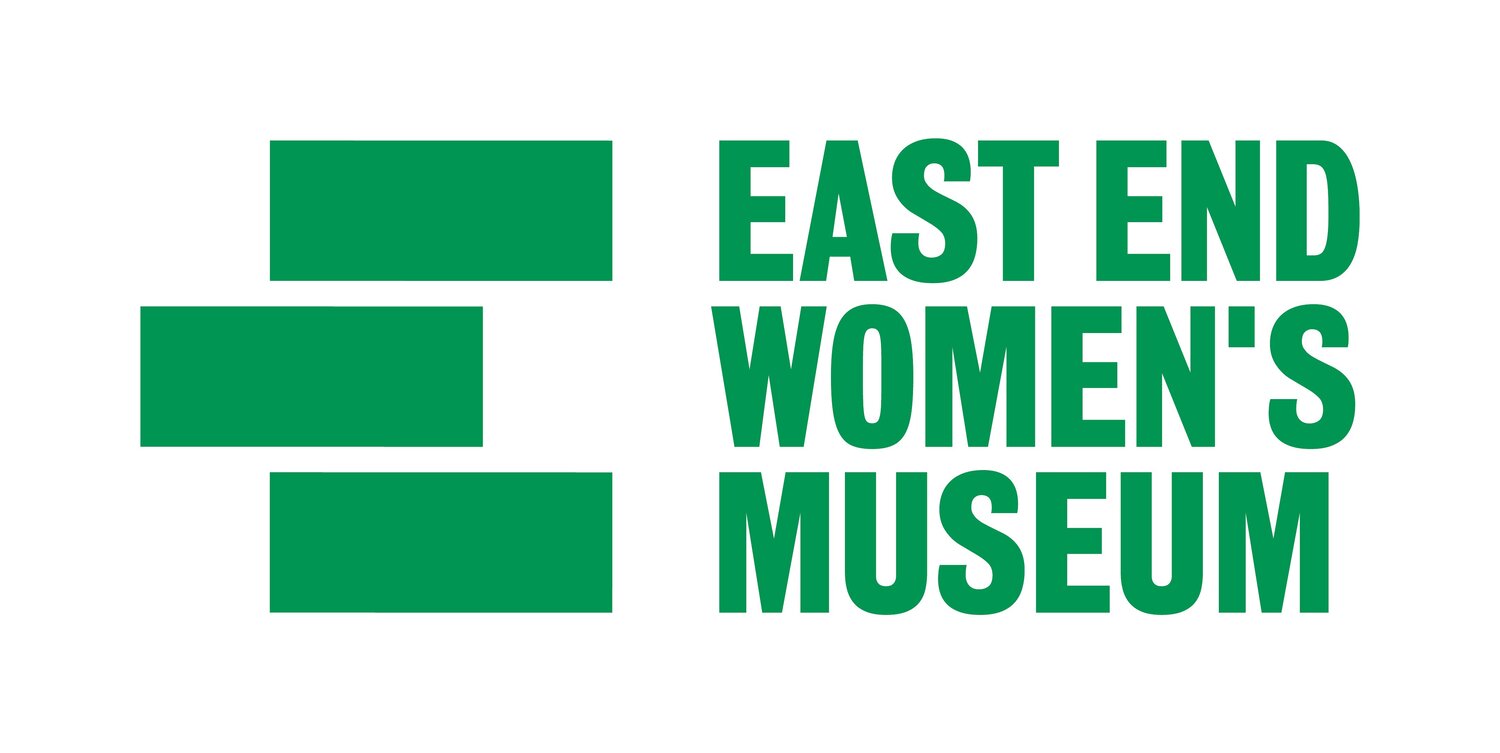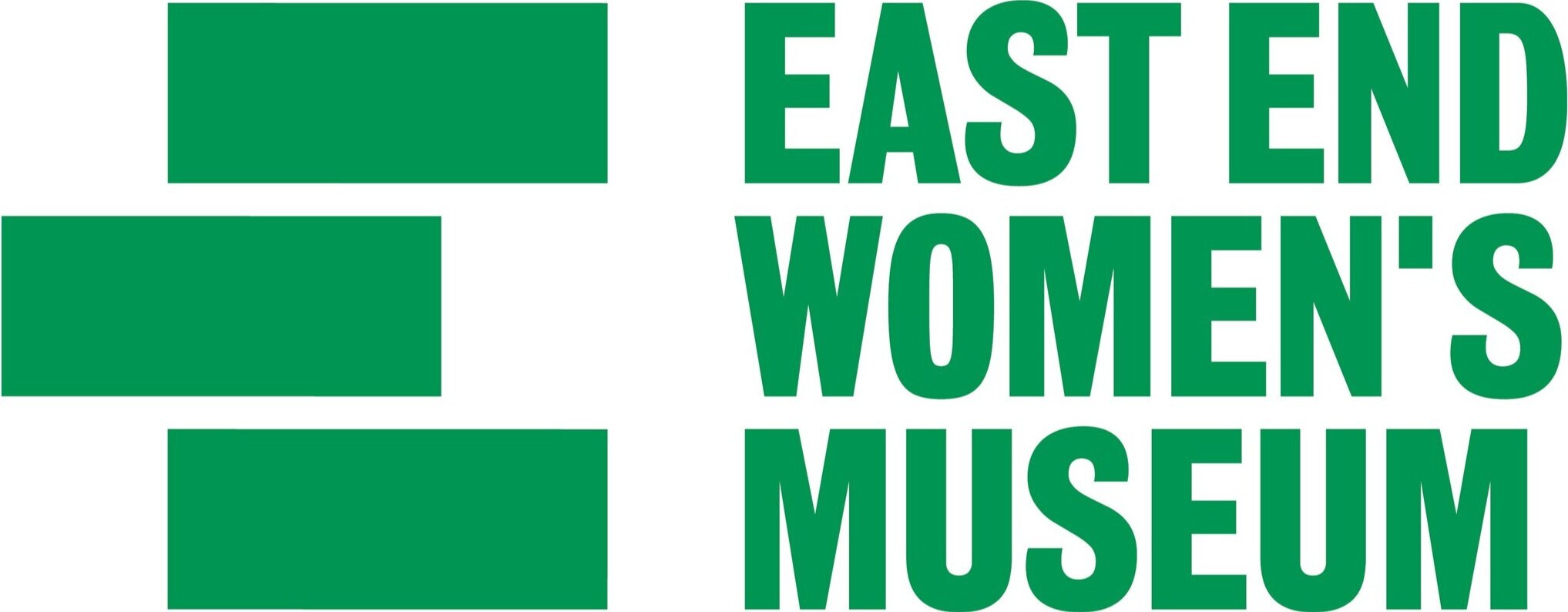Matilde Gallardo first came across Hannah Billig’s plaque in 198 Cable Street, when she visited the area in Stepney where eighty four years ago, on the 4 October 1936, the people of the East End halted a march against thousands of British Union of Fascists, Blackshirts. The march brought together communists, trade unionists, Irish dockers and labourers, as well as members of the extensive Jewish community living in the area, under the “No pasarán” slogan (they shall not pass) which became a symbol for the International Brigades in the Spanish Civil War and the fight against fascism.
Curiosity struck about the woman behind the plaque and her story. Who was Hannah Billig and why was she named The Angel of Cable Street?, What was her connection with the area?.
A Family of Russian Jewish emigres in the East End
Hannah Billig, MBE, GM, was a Jewish doctor whose practice and dedication granted her the Angel of Cable Street name. She was born on 4 October 1901 in 41 Hanbury Street, Spitalfields to Russian Jewish emigres parents Milly and Barnett Billig, who eventually settled among the Jewish community in Brick Lane.
The Russian-Jewish Yiddish speaking immigrants who settled in England between from 1870-to the 1880s, escaped the poverty that inundated the country after the Crimean and Balkan wars and the violent anti-semitic attacks under the reign of Tsar Alexander II (1855-1881) . According to A. R. Rollin, “the official record figures of Russians and Poles (almost all Jews) in Britain for 1881 was 15.271”, but these figures do not reflect those individuals not included in the census. As G. Black points out “Some 35,000 Jews lived in the East End of London in 1880, most of them in Aldgate, Whitechapel and Stepney. Within thirty years, largely as a result of a mass exodus from Eastern Europe, their numbers had grown to 120,000, a high percentage of whom were recent immigrants and many of whom were poor on arrival” (Black, 2001).
More than half of these immigrants settled in the East End of London, where many of them worked in the newly developed mass-production industries of clothing (tailors), but also as waterproof workers, painters, box makers, stick makers, shoe makers and cigarette makers, very different occupations to what they performed in their country of origin.
Barnett Billig was part of the “mass of Jewish workers who had nothing but their labour to sale if they were lucky enough to find an employer” (Rollin, 1967). He worked first as a newsagent, then as a cigarette roller and later as a cigar-maker. The Billigs had six children, Esther, Levi, Hannah, David, Miriam and Rebecca, four of which would become doctors, including Hannah, another a nurse and one of the boys, Levi, a scholar in Oriental studies. Sources mention that Barnett and Milly Billig encouraged their children to read and study instead of playing with other children in the streets (Taylor, 1996). So, it was no surprise when Hannah gained a place to attend Myrdle Street Central School in Stepney (later on Grenfell Special School and currently Madani Girls School), one of the first of the LCC's central schools that offered higher than elementary education, and later on a scholarship to read medicine and psychology at the London and St Bartholomew's Hospital, one of the oldest hospitals in the UK, which in 1900 had become part of University of London and later on, in 1995, would be part of Queen Mary College, University of London. Hannah completed her training at the Royal Free Hospital and the Royal London Hospital, and qualified as a doctor in 1925, at a time when there were not many women doctors.
Hannah Billig and the Jewish Maternity Hospital, “Old Mother Levy's', in Whitechapel
For the next two years, until 1927, Hannah worked in the Jewish Maternity Hospital in Whitechapel. Her work here would be decisive in her later dedication to the treatment of the destitute and poor, especially children.
The hospital, which opened in 1911 in 24, Underwood Road, Whitechapel, was set up by Jewish women who played a key role in the development of healthcare and wellbeing for women in the local Jewish community. It had developed from the Sick Room Help Society mission founded by Alice Model (1856-1943), a pioneering campaigner for mother and infant welfare. The Society “based on an institution in Frankfurt, was opened in January 1895 by Mrs. Model and Miss Bella Lowy, and sought to take the place of the mother in the home at a time when, by reason of confinement or illness, she was unable to cope by herself” (Black, 2001). The Maternity Home had a Midwifery Training School attached. The Infant Welfare Centre was established in 1912 and provided free milk supplements to nursing mothers. “The work of the Home involved prenatal classes in hygiene and sewing-classes in how to make suitable modern baby garments. Clinics were held twice weekly by two doctors, who advised mothers on the health, feeding and clothing of their infants […]”. In 1918 The Home amalgamated with the Ladies' Benevolent Lying-In Institution and began to provide domiciliary midwifery services. Working-class women were employed to help confined women by taking over domestic chores like cooking and cleaning, and making sure the patient's children went to school. The Maternity and Child Welfare Act of 1918 saw an increase in antenatal care, and the Home was one of the first to provide such care. Dental clinics were also held. G. Black’s study of Jewish healthcare in the East End of London refers to how this maternity and child-welfare centre in Whitechapel was considered “[…] a model of its kind by the authorities” (Black, 2001).
“In 1933 there were nearly 800 births at the Home. Thereafter the numbers declined, as did the general birth rate and, indeed, the Jewish population of the East End. Ironically, the Home became known not as Mrs Model's Home, but Mrs Levy's, named after its long-serving superintendent. In 1938 the home moved to a new site in Lordship Road, Stoke Newington, under the name The Bearsted Memorial Hospital” (Black, 2001).
The year Hannah Billig left to set up a small clinic in Watney Street, Shadwell, in 1927, the Jewish Maternity Home was extended and rebuilt to incorporate, in addition to the Midwifery Training School, the District Nursing and Sick Room Helps' Society and the Ladies' Benevolent Lying-In Institution. It existed as the Bearsted Memorial Hospital until it closed in 1939 and a new Bearsted Memorial Hospital opened in Stoke Newington in 1947. The Jewish Maternity Hospital building was pulled down in 2012, after a strong campaign against it by the local community and other people, which included social media.
Hannah Billig’s medical career
According to G. Black, (2001), in an area with a high number of Jewish people, there were few Jewish doctors, general practitioners, in comparison. Hannah Billig was one of the children of first generation Jewish immigrants who qualified as doctor, together with three other of her siblings. At a time when there was not a National Health Service, it was common for people to delay calling on a doctor and when they did, they attended outpatient departments in local hospitals. However, if they could afford it, “the first person consulted by the sick poor was usually a general practitioner, either in private practice, often referred to as a 'sixpenny doctor', that being their usual charge, or a parochial district medical officer, employed by the local guardians” (Black, 2001). Dr. Billig set up her practice in Shadwell, one of the poorest districts of the East End, where she would provide free healthcare and treatment in many cases and treated patients whether they could pay or not. In 1935 she moved her practice to 198 Cable Street, where a blue plaque commemorates her work.
Hannah Billig's blue plaque on 198 Cable Street ©Brian Cooper (via Wikimedia Commons)
During the Second World War, Hannah volunteered to provide medical assistance to air raid shelters in Wapping. In 1941, while tending those injured in a raid at Orient Wharf, she had her ankle broken by a bomb blast, but continued treating the wounded and was awarded the George Medal for her bravery. Locals in the area began calling her “The Angel of Cable Street”, after the street where her new surgery was situated. The Supplement to The London Gazette on 27 June 1941 includes a recognition of Hannah Billig’s bravery and dedication. It reads as follows:
“Hannah Billig, M.B., B.S., Medical Practitioner, Stepney.
During an air raid Dr. Billig, although herself injured, left shelter to attend to casualties in the street. Bombs dropped within twenty yards of her but for four hours she continued to give treatment to the injured. She showed great bravery and attention to duty, regardless of her personal safety and injuries.”
During the war years, Hannah Billig’s medical activity was not limited to her practice. In 1942, she joined the Indian Army Medical Corps as a captain, serving in Assam, tending soldiers from the Burma conflict and in January 1943 she was commissioned in the Indian Medical Service and posted to Calcutta where a grain shortage in 1944 resulted in famine for thousands of people. Her brother David and sister Rebecca, both doctors in the Medical Corps, were also posted to India. Captain Hannah Billig was appointed Member of the Order of the British Empire (MBE) in the 1945 New Year Honours list for her work among the starving mothers and children, but she was too busy to leave India to collect it at Buckingham Palace, instead she asked that it be posted to her. After the war, she resumed her medical practice in Cable Street in 1946 and worked as a GP for the National Health Service until she retired in 1964. Her successor in the Cable Street practice was Doctor Katarina Schopflin whose pioneering work in women’s medicine brought her an OBE shortly before her retirement in 1980.
Hannah Billig was elected as president of the London Jewish Hospital Medical Society in 1962, before retiring to Caesarea, on the coast of Israel, where she continued her medical work in Arab villages and Jewish settlements until her death in 1987, aged 86. She had visited Israel during short holidays and felt attached to the land of her ancestors where her younger brother David had also settled and where her elder brother, Levi, professor of Arabic Studies at the Hebrew University of Jerusalem had been killed during the Arab revolt in Palestine in 1936. The inscription on her grave in Hadera Cemetery in Israel reads: 'In loving memory of Hannah, who devoted her life to healing the sick in England and in Israel'
On 6 October 1996, an exhibition of Hannah Billig’s life work was shown at the Ragged School Museum in Stepney. Members of her family and several of her patients shared their memories of her with guests and visitors.
Author:
Matilde Gallardo is an EEWM Online Content Volunteer. She also works as a Research Fellow at King’s College London.
Sources:
Black, G. (2001) Health and medical care of the Jewish poor in the East End of London, 1880-1914. Jewish Historical Studies, 1999-2001, Vol. 36 (1999-2001), pp. 93-111. Published by: Jewish Historical Society of England, https://www.jstor.org/stable/29780014 (accessed 21/10/2020).
Lost Hospitals of London, https://ezitis.myzen.co.uk/jewishmaternity.html (accessed 5/11/2020)
Marks L. (1990) 'Dear old Mother Levy's': the Jewish Maternity Home and Sick Room Helps Society 1895-1939. Social History of Medicine 3, 61-88.
Rollin, A.R. (1967) Russo-Jewish Immigrants in England before 1881. Transactions (Jewish Historical Society of England), Vol. 21 (1962-1967), pp. 202-213. Published by: Jewish Historical Society of England, https://www.jstor.org/stable/29777997 (accessed 20/10/2020)
Taylor, R. (1996) Hannah Billig: The Angel of Cable Street.
Save Mother Levy’s, https://www.facebook.com/142259705878324/videos/188411124608334 (accessed 21/10/2020)






